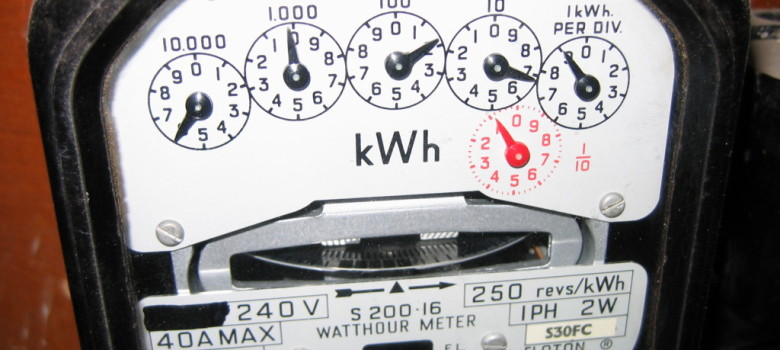
In our next blog here you can read why it is important to provide actual energy readings to your gas / electricity supplier – but how exactly do you provide those readings? Here we discuss electricity meters, but you can find out more about gas meters here.
In the UK, both electricity and gas have meters, which keep a track of how much energy you are using. Some households have prepay meters that you need to top up before you are allowed to use the electricity or gas in the home, but most are paid retrospectively.
Types of electricity meter
There are broadly speaking 3 types of energy meter:
1. Single Rate Electricity Meters
These are the old style energy meters (you can see a picture of one on the left). They have 5 digits that you read left to right to provide you with the number of kWh used. They normally have a 6th digit too – but this will be another colour. This is the decimal point, so you can normally ignore this in the readings you provide to the energy company.
At the moment, these are definitely the most common types of electricity meter but as time goes on these will be replaced by digital meters or the newer smart meters.
2. Dial electricity meters
These are a bit painful to read in comparison with the single rate electricity meters described above. They have a series of clock-like dials (normally 5) that are all numbered 0-9.
The confusing thing about these is that the dial will spin in the opposite direction of the dial before it. Normally the most left hand dial will spin clock-wise, with the 2nd dial spinning anti-clockwise, the third dial spinning clockwise and so on.
To take the reading with a dial electricity meter, start at the left and write down the number the pointer is pointing at – repeat for each other dial in order. Now remember that is the dial is pointing between two numbers – always pick the lowest number to provide the proper reading for that dial.
To be honest, these are a pain – but once you get the hang of it, they do get easier!
3. Economy 7 Electricity meters
You can learn more about the economy 7 tariff here, but basically it is a dual tariff where you are charged two different rates depending on when you use the electricity. The ‘7’ in economy 7 signifies how many hours that you can get the cheap electricity. It is normally from the hours of midnight to 7am, and many people who use storage heaters in their homes have this type of tariff. There is also Economy 9 and Economy 10 and again the numbers just signify how many hours you can get the cheaper electricity for.
Now, these energy meters are not overly complicated to read, you just need to know what to look out for.
For the older meters it will simply be two rows of dials (see the photo on the right) – one marked low which shows you how much ‘cheap’ electricity you have used and the other marked normal which signifies how much electricity you have used on the higher rate tariff.
You need to read the dials in the same way – from left to right, ignoring any digits that our coloured (this again signifies a decimal).
4. Digital Meters
These are slowly replacing the older style meters. if you have one of these the display is a simple digital readout which should make it really straight forward to read.
The only tricky part is if you have a dual rate digital meter, in which case it may require pushing a button to flick between the two displays. They are certainly a big step forward from the older dial meters though!
Why should you provide actual electricity readings?
We discuss this in far more detail in this blog, but basically submitting your own accurate electricity readings to your energy supplier will ensure that you pay for exactly what you use and there won’t be any nasty surprises further down the line.
 Switch to a cheaper tariff
Switch to a cheaper tariff
We recommend checking your energy tariffs once a year – this will ensure you are paying the least amount for the energy you use. This really is a no brainer, especially as it takes all of two minutes to do especially if you have your electricity and gas annual usage in kWh.
Other things to remember when reading a meter
When you first move in to a property or you have a new build, it is sometimes tricky to be sure which meter is yours. If there are several together for a block and they are unmarked it can be a problem! If you really can’t tell which meter is yours, you can contact the National Grid’s meter number helpline on 0870 608 1524.
Think we missed something? Do you have a different opinion?
Comment below to get your voice heard…
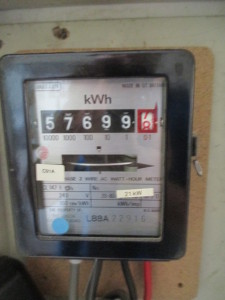
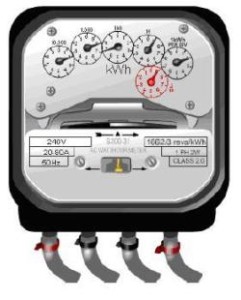
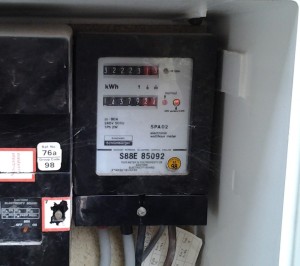
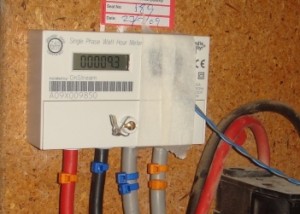



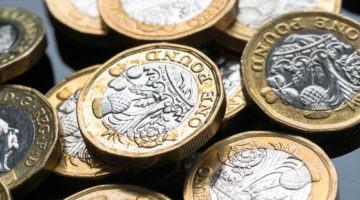
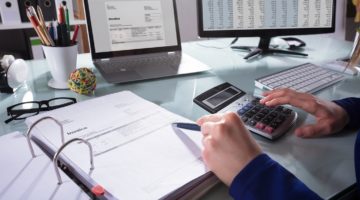
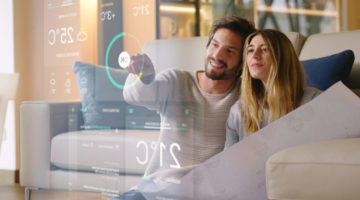





This is very useful and informative blog. Many thanks.
Many things were more straight forward in the past, but at least it is easier to read your meter nowdays!
will a smart meter work on old diel meters
I have a friend who has both a single rate meter and an economy 7 meter, but they have gas central heating. Why would this be.
Hi Guy,
It is likely a historical thing – i.e. the old economy 7 meter has not been removed. If there is gas central heating, then having an economy 7 meter doesn’t make sense because gas is so much cheaper than electricity, so there would be no storage heaters in the house.